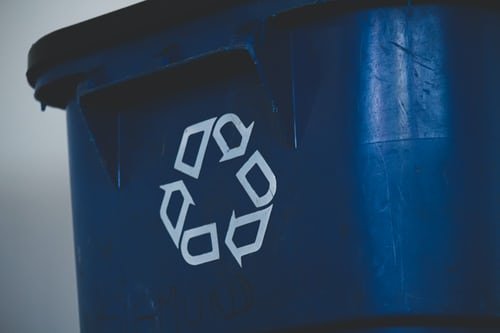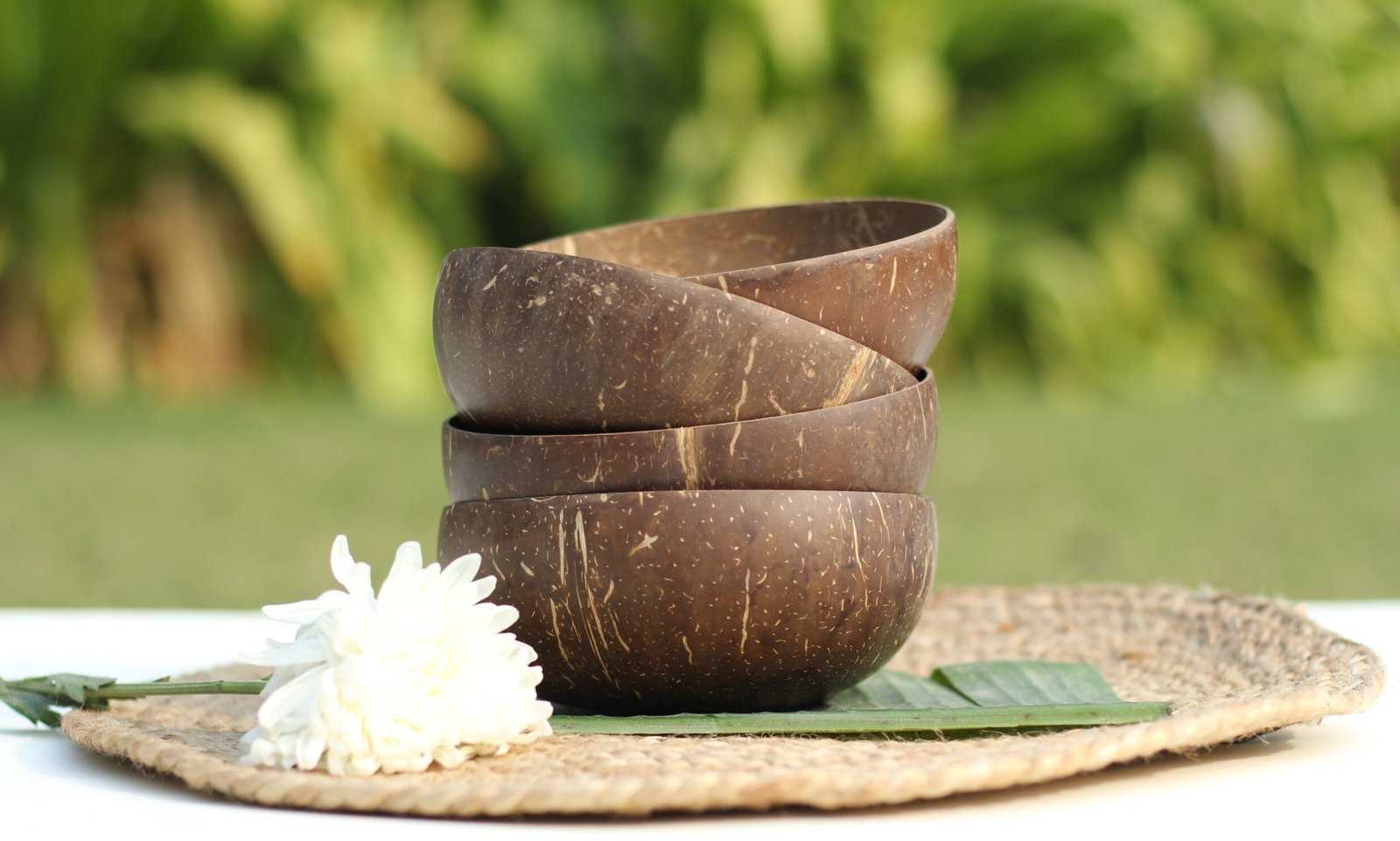Uncategorized
How to avoid Greenwashing?

These days with customers becoming more environmentally aware brands tend to take advantage of the need for sustainable products. They use this to sell products and are often not completely honest in the ingredients they use. This is known as greenwashing.
How are we as consumers likely to spot greenwashing with various global corporations riding the green-sustainable wave?
Here are five common things to keep in mind before purchasing from a brand:
- No proof:
It refers to an ecological claim with no scientific proof or facts, supporting the information readily available, or no support from validated third parties. It is thus our duty, as a consumer, to verify the statements that corporations produce with data and evidence.
- Hidden trade off:
It takes place when businesses mark a commodity as sustainable on a limited number of qualities (like sanitary napkins made up of 100% recyclable material), on the other hand pushing other features aside (like waste management and carbon emissions).
When an enterprise claims that their goods are manufactured from recycled materials, as consumers, the questions we can ask are: what technologies do they use and which materials are they made from?
- Use of fluffy language:
The use of fluffy language resembles an empty shell that rattles. Words such as ‘all-natural’ or ‘environmental’ are ambiguous and do not reflect the role of a substance on the environment. Look out for such claims which have no resemblance or proof.
4. Eco-friendly lingo:
These are just strategies to pull the buyers towards their products. Beware of cryptic brand jargon and words that companies use like:
- Friendly for the environment
- All Green
- Saves the planet
- Sustainable
- Biodegradable
5. The visual trap:
Along with the use of deceptive and non-specific greenwashing words, brands focus on powerful advertising strategies. Look at the pictures they use on their website and in advertising, when investigating a brand and ask yourself the following questions:
‘Does the brand use general natural footage or stock images to show its sustainability or does it use photos of its own production and production practices?’
Being a conscious consumer, don’t fall into the pit of greenwashing.
Tips to Avoid Greenwashing
Have you come across the word greenwashing before? Maybe in some magazine or over the internet! What could it mean? Something related to nature perhaps, as it has the word green in it?
It’s actually when companies deceive you into thinking that their goods are environmentally friendly. They do this because going green or zero waste is “trendy” and consumers get tricked by it. With numerous companies and start-ups springing all across the globe, there is a constant race to outshine each other. This leads to organizations misdirecting well-intentioned customers to increase their sales.
Let’s read about how this unethical practice is carried out:
How do they do this?
Firms that use techniques to greenwash may argue that their goods are made up of recycled materials or have energy-saving advantages. But, it might only be partially true. The companies exaggerate their claims to attract buyers and increase sales.
Types Of Greenwashing Techniques-
- Misleading pictures: Using images of leaves, animals, green packaging, etc are all ways of classic greenwashing.
- Vague claims: Certain products are labelled “Certified”, “100% organic”, etc. without any supportive information or facts to prove the same.
- Fluffy language: The brand uses words or terms with no clear meaning e.g. “eco-friendly”
- Clickbait: This type of greenwashing is straight-up fraud.The brands use superficial words and phrases to bait you into buying it.
How to avoid it?
- Don’t be deceived with great earth photos and flowers. This does not mean this substance is nutritious or protected. Take your time to evaluate the product and the hulabel. Go to the ingredient section or see how it’s made. Is it actually all green and natural?
- Find “significant claims.” When someone says it’s all-natural, sustainable, or environmentally friendly, turn the product and look at the back. The small green mark somewhere at the bottom of the product specifies if the product is natural or animal-made. Also, look for the ingredients and see if it actually fulfills these claims. wikispouse.com
- Avoid CFC-free or phosphate-free goods because these agents have been banned for decades.
- Saw a terrific green claim? Review this twice. Go to their site. Is there plenty of information? Or do you see many ambiguities? It’s greenwashing if it’s obscure and vague.
- Google it, if in doubt. What’s amazing about the internet is you can be aware of everything in just a few seconds!


